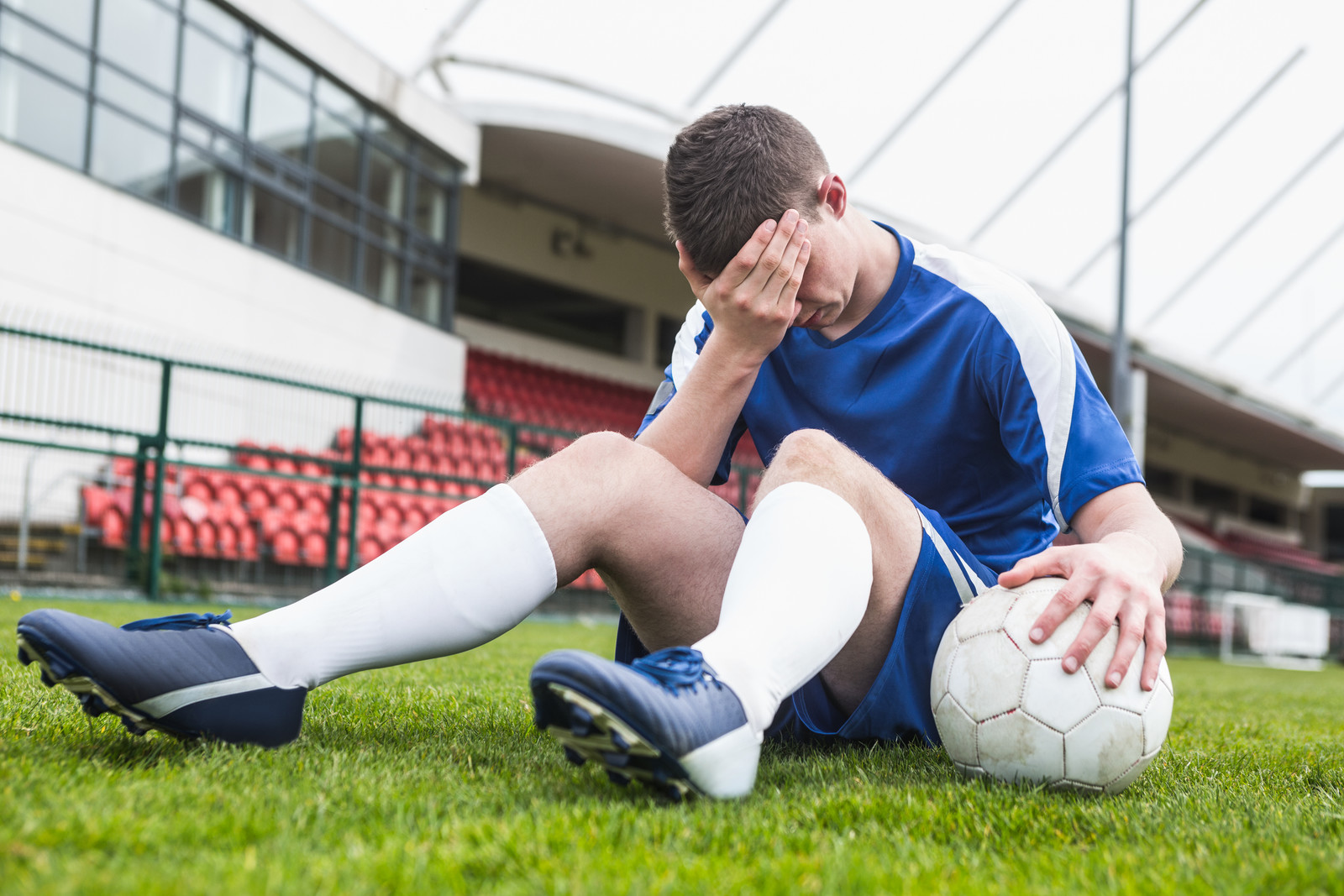Athlete Burnout: Causes and Prevention Strategies

The issue of youth athlete burnout is one that has been addressed on many occasions and a topic that we have referred to a number of times in our blogs. It can come as no surprise that burnout has received so much attention given that it is an issue that can have serious consequences for young people both in the short term and the long term. The benefits of being involved in sport are obvious as not only does it encourage physical activity, but also provides young people with the chance to have fun, helps them to become part of a team and also develops friendships. It also assists them in developing a lifelong healthy and active lifestyle. In the modern world where the problems of obesity and many other lifestyle illnesses are prevalent, it is important to foster healthy habits at a young age, but burnout is seen as one of the greatest threats to this ambition. It is obvious that the physical demands placed on an athlete can contribute significantly. This can be the result of too much training combined with too little rest or recovery time. On top of this, there can other pressures such as meeting academic pressures, social needs and travel.
Self-determination theory
However, it is equally true to point out that psychological issues can also be a factor in leading to burnout. This is a view that makes complete sense, as in any walk of life, if somebody is happy or getting enjoyment from what they are doing, they are most likely to stick with it, even when it becomes difficult. This is an area of sport that has been addressed by the self-determination theory and it is something that all involved in sport should be aware of. Basically it points out that any individual has three basic psychological needs – autonomy, competence and relatedness – and athletes who have those needs satisfied will experience lower levels of burnout compared to athletes who feel less satisfied. Chris Lonsdale, Ken Hodge and Elaine Rose explain what this means to an athlete in Athlete burnout in elite sport: A self-determination perspective
Within the sport context, competence refers to a perception that one is able to be effective in one’s sport. Autonomy involves feelings of volition, choice, and self-directedness, while relatedness refers to perceptions of connectedness with others. When these needs are satisfied, humans are expected to experience optimal wellbeing. Conversely, the thwarting of needs is thought to lead to expressions of ill-being (e.g. burnout)
Causes of burnout
This is an idea explored in Understanding Student-Athlete Burnout by Keith A. Kaufman who gives us an idea as to how sport can quickly change from being fun, to something that causes stress. He explains that young people usually take up sport in order to have fun, learn new skills, get exercise and make new friends – this he refers to as intrinsic reasons.
However, what tends to happen as athletes advance through levels of competition is that their motivation shifts toward extrinsic rewards such as trophies, scholarships, money, celebrity or approval. Participation stops being only about the joy of partaking in the sport itself and becomes more about what can be obtained through the sport, a change that often brings a ton of added pressure with it
As a result he suggests that this can lead to burnout because athletes begin to feel trapped and controlled by their sport. He underlines the strength of the psychological pressures by pointing out that certain burnout cycle symptoms can look a lot like clinical depression. This view is backed up by Educated Sports Parent in their Youth Sports Burnout article which outlines the three main theories about how athletes become burned out:-
Excessive stress and pressure
Constant pressure to win, train and perform can lead to mental and physical exhaustion and stress, leading to burnout.
Entrapment
The athlete who experiences feelings of entrapment has invested a lot of time and energy into the sport but does not experience any rewards from participation or enjoyment in the sport.
Empowerment
The structure of organized, competitive youth sports becomes controlling. It controls the identity of participants and controls their lives, leaving them feeling dis-empowered.
Signs of athlete burnout
As a result, it is important that those involved in sport – athletes, coaches and parents – are aware of the symptoms of burnout. According to Johanna Belz in When enough is enough: uncovering warning signs of burnout in (elite) athletes, an athlete might be suffering from burnout if they display the following signs:-
- Constantly tired and sleeps much more than usual
- Exhibits an increasing aversion towards the sport by showing a negative attitude in training
- Complains about not seeing any results of his/her hard work and is fighting “a losing battle”
- Seems to have lost all enjoyment for the sport and only trains and competes to please others or abide to a professional contract
- Is a “24 hour athlete” and does not seem to have any other interests or friends outside of the sport
- Exaggerates physical symptoms, feigns an injury or drags out the recovery process of an existing injury
- Exhibits mood swings and gets easily frustrated, aggressive or depressed
- Shows signs of disordered eating
- Cheats in training or withdraws altogether from certain training activities
- Has unrealistically high self-imposed performance goals and is extremely self-critical
How to prevent burnout
If these signs are being displayed by an athlete, it is important to be able to take action to address the issue and Preventing Burnout provides some useful guidelines in how to deal with the situation, by recommending the following options particularly for younger athletes.
- Take some time off from the sport
- Teach the young athlete relaxation and stress management techniques
- Look at what pressures they might be experiencing. Are there pressures at home or by the coach to win, win, win?
- Does the athlete have control over his/her own participation, or is there someone forcing them to continue with participation
- Give your child increased involvement in making sports-related decisions and they will feel more in control
- Look at their interactions with their teammates. Help them by providing positive social support and encouraging positive thoughts about their role on their team
Please share this post so others may benefit.
About Metrifit
Metrifit is an athlete monitoring system that gathers subjective and objective information from both coaches and athletes to drive behavior modification and improvement through insights modeled on descriptive and predictive analytics. It sounds complicated but Metrifit prides itself on its simple intuitive interface and advocates a simple effective approach that doesn’t overwhelm the athlete or the coaching/staff member. It has received high praise for its intuitive interface and it allows monitoring to be scaled for all levels of athletes and teams. Recent research by Anna Saw (Deakin University, Australia) has shown that use of Metrifit is associated with increased athlete sporting self-confidence. Metrifit is ‘athlete-centric’ helping to develop self-awareness, encourage creative thinking and emotional intelligence as well as developing ownership and responsibility within the athlete for their own success.
To find out more information please visit Metrifit Overview or contact us at
References
Self Determination Theory Overview
Youth sport: positive and negative impact on young athletes by Donna L Merkel
Understanding Student-Athlete Burnout by Keith A. Kaufman
Athlete Burnout | Educated Sports Parent
Athlete burnout in elite sport: A self-determination perspective by Chris Lonsdale, Ken Hodge, Elaine Rose
Metrifit Fact Sheet: Stress and the Athlete
Metrifit Fact Sheet: Sleep and the Athlete
Issue of burnout continues to pose challenges | Metrifit
Asking the right questions to assess athlete wellbeing | Metrifit
































 Previous Post
Previous Post Next Post
Next Post





